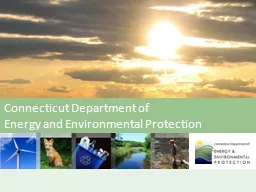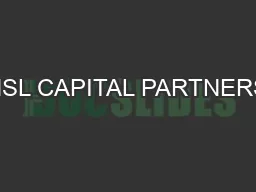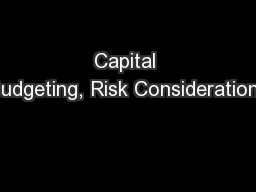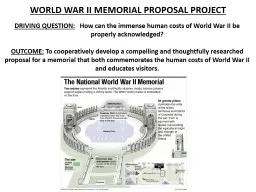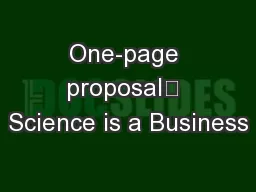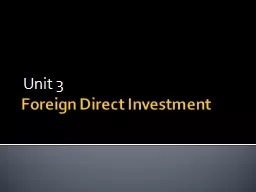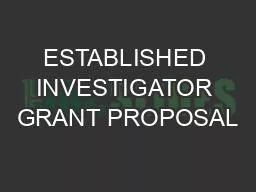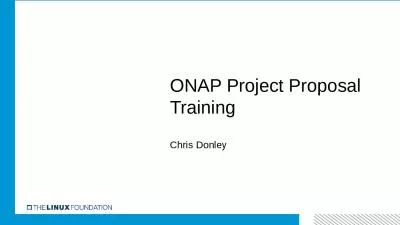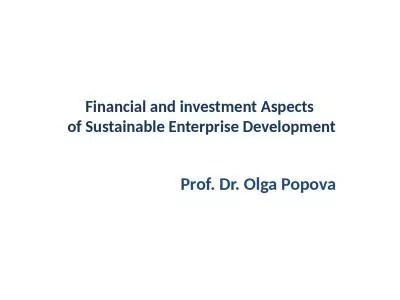PPT-DEEP IT Capital Investment Proposal & Project Review
Author : kittie-lecroy | Published Date : 2018-11-03
Date August 8 2018 Presented by Irene Garcia Case Management Phase 2 Projects Sites Case Management System Sites CMS ezFile Electronic Permitting Phase 2 Sites
Presentation Embed Code
Download Presentation
Download Presentation The PPT/PDF document "DEEP IT Capital Investment Proposal &a..." is the property of its rightful owner. Permission is granted to download and print the materials on this website for personal, non-commercial use only, and to display it on your personal computer provided you do not modify the materials and that you retain all copyright notices contained in the materials. By downloading content from our website, you accept the terms of this agreement.
DEEP IT Capital Investment Proposal & Project Review: Transcript
Download Rules Of Document
"DEEP IT Capital Investment Proposal & Project Review"The content belongs to its owner. You may download and print it for personal use, without modification, and keep all copyright notices. By downloading, you agree to these terms.
Related Documents

